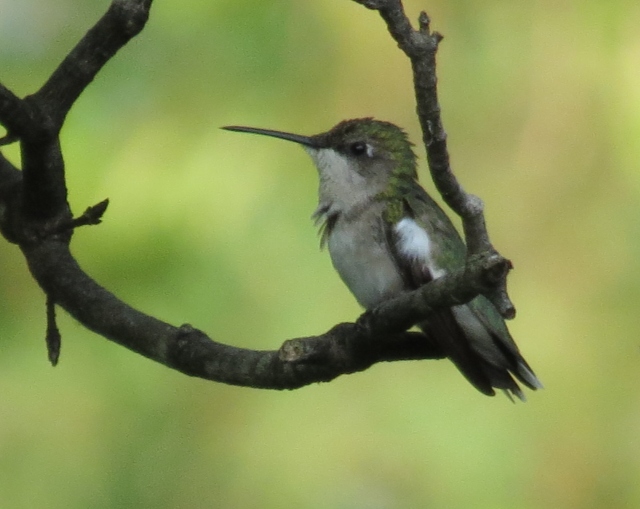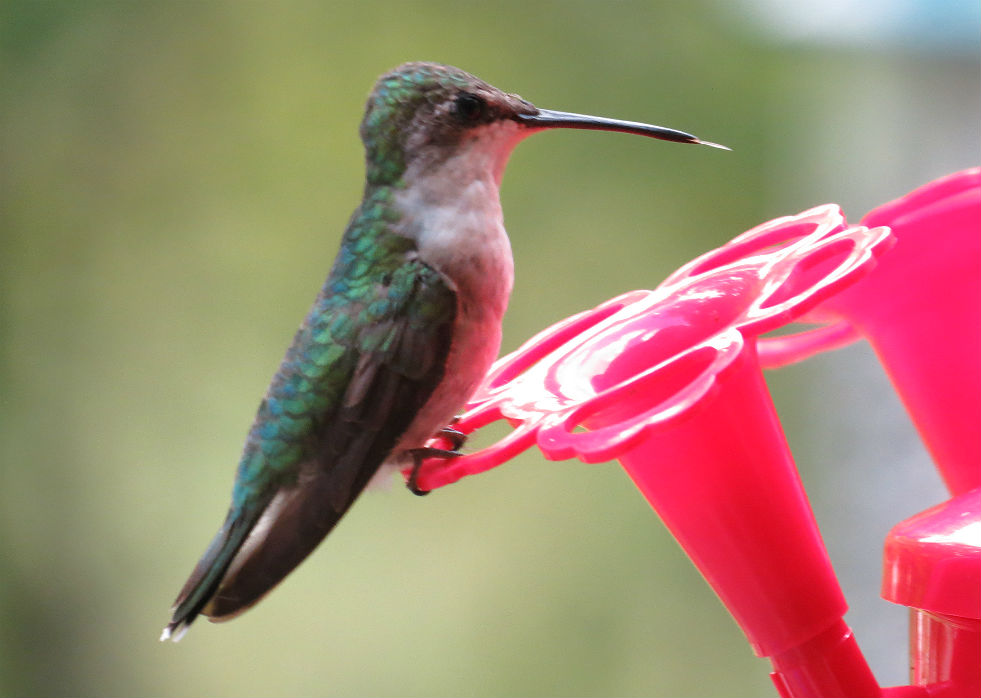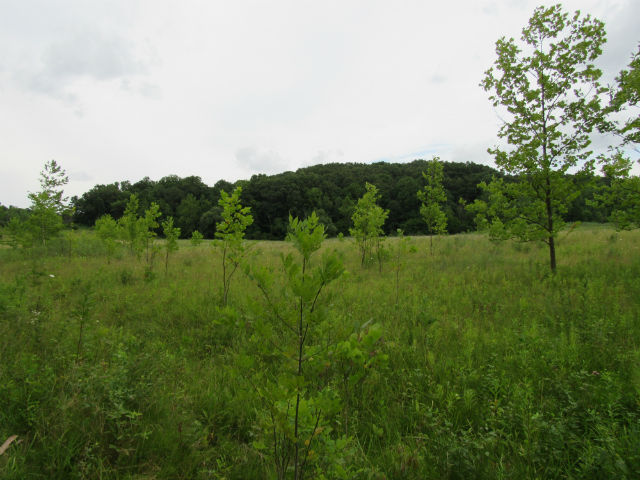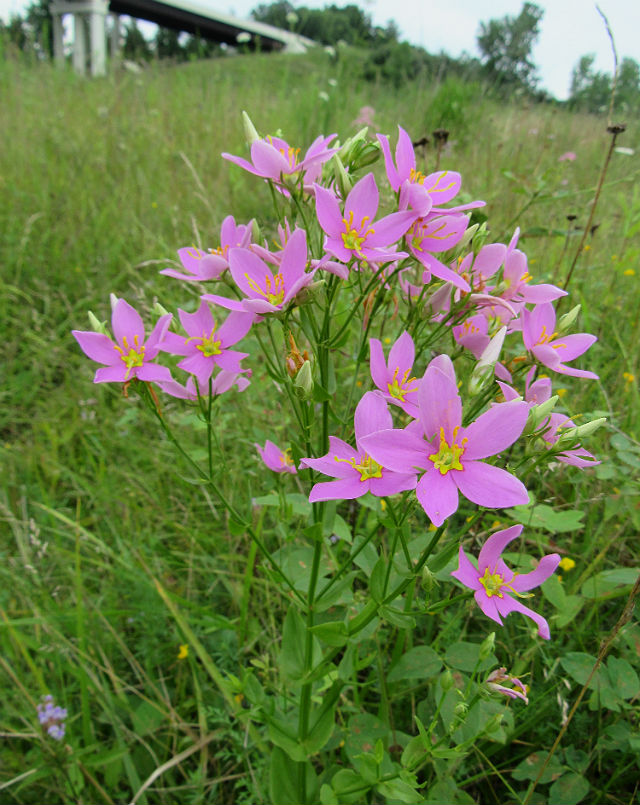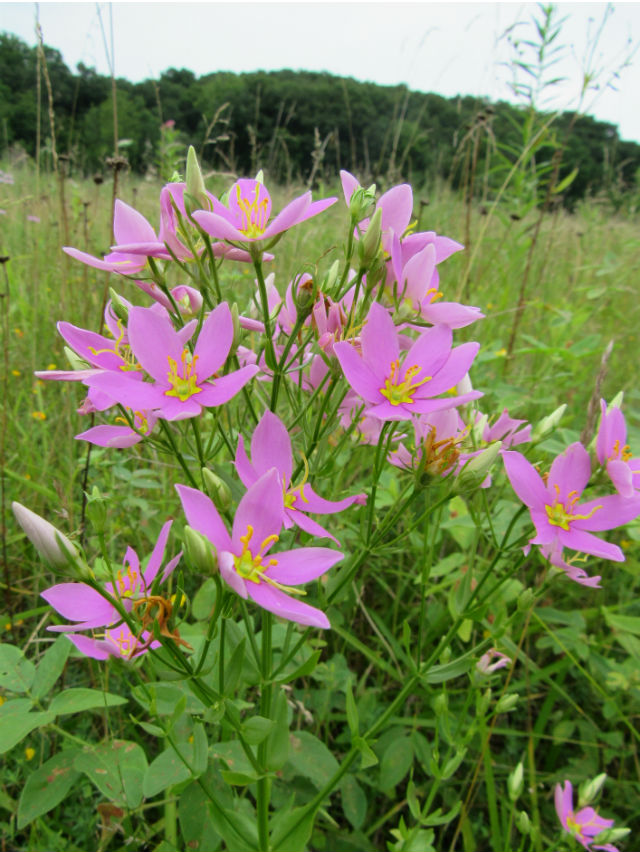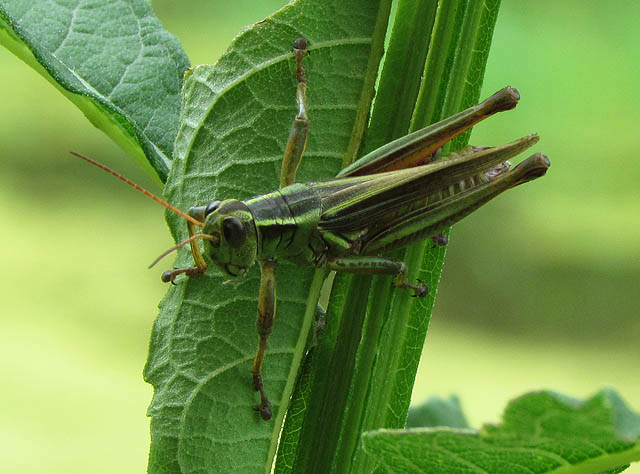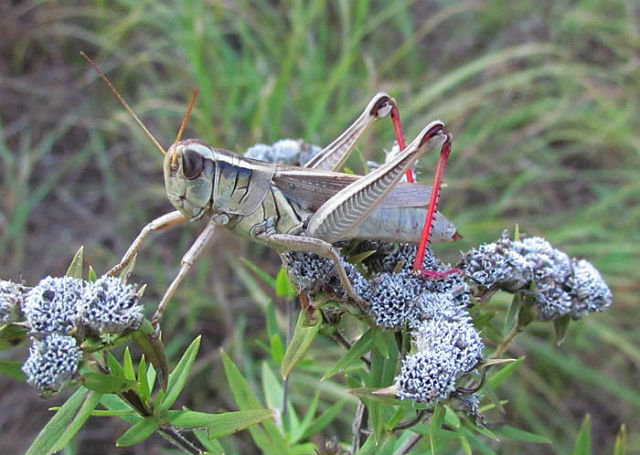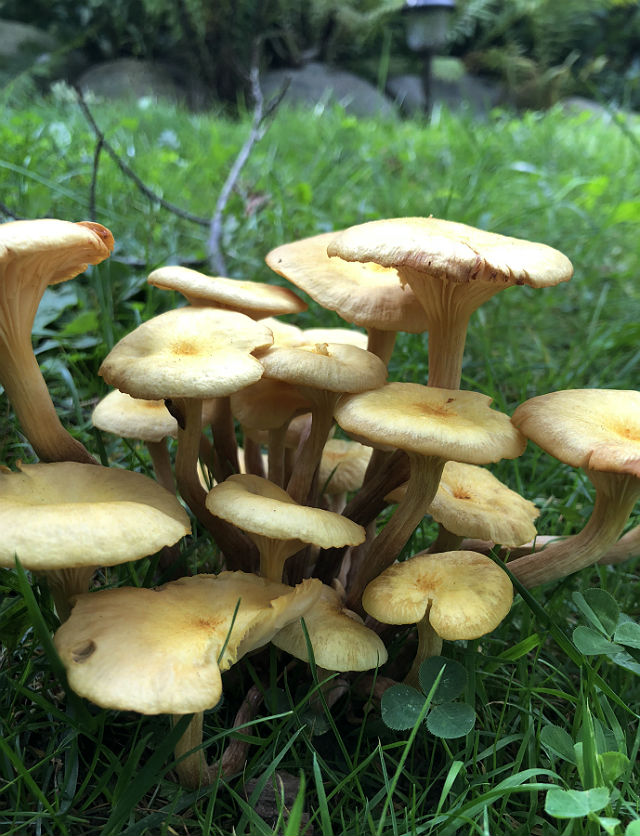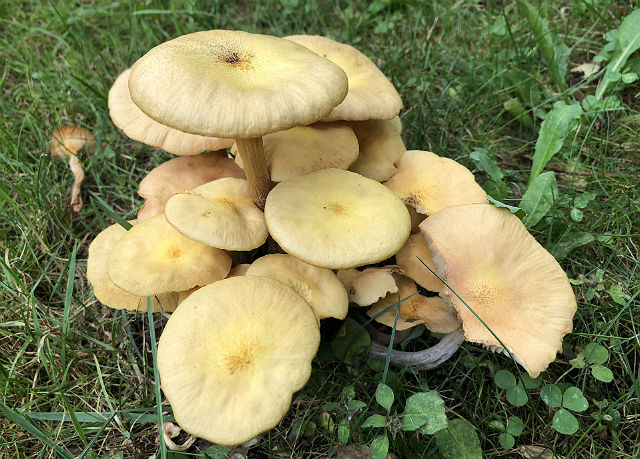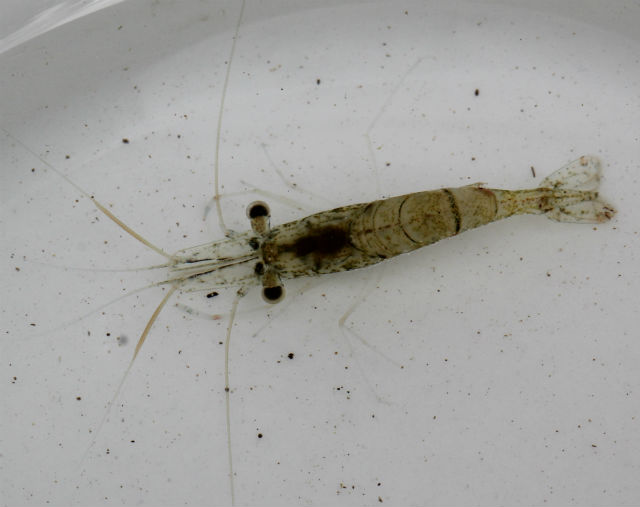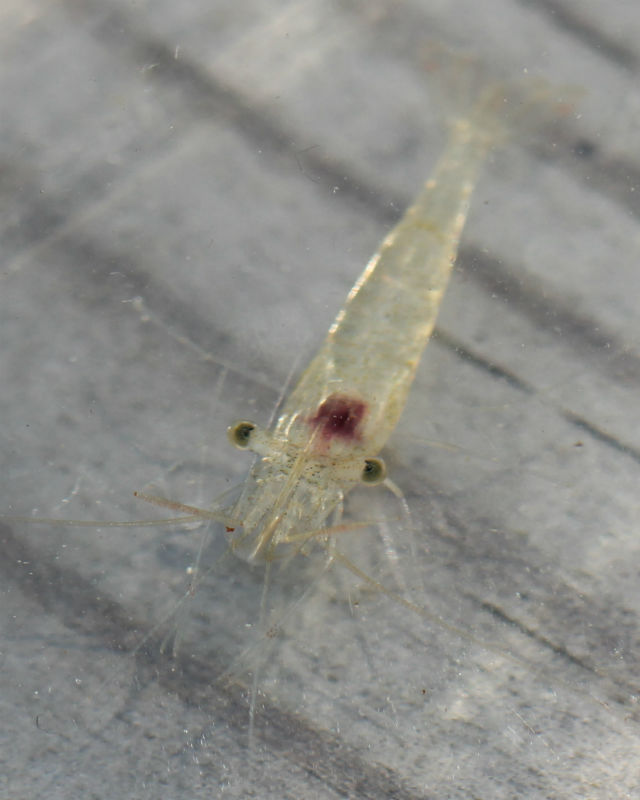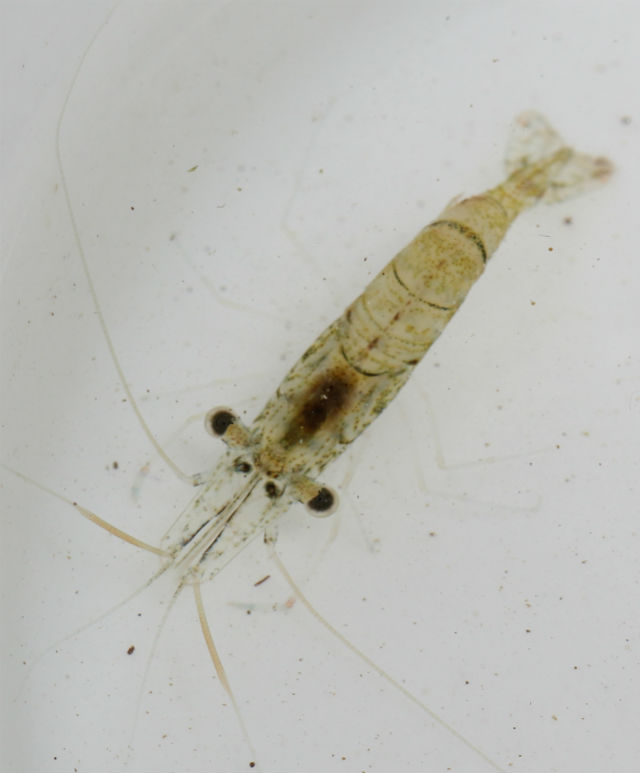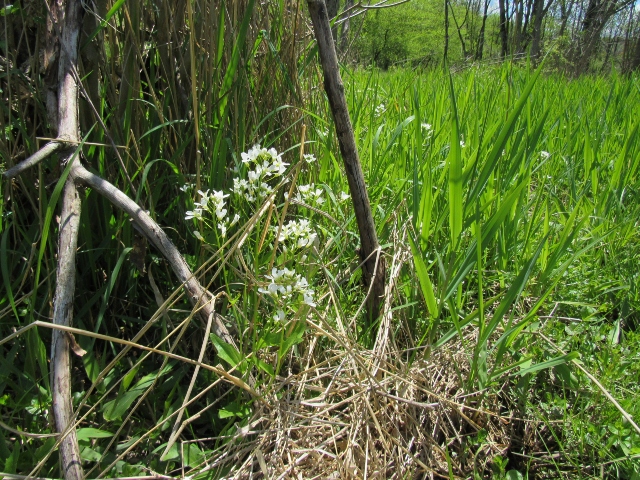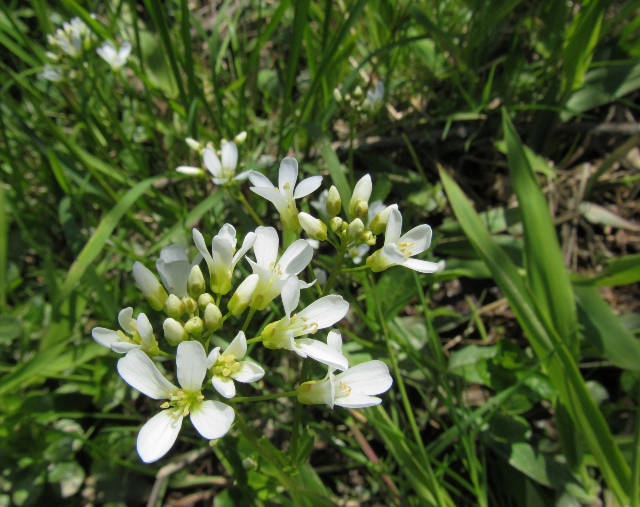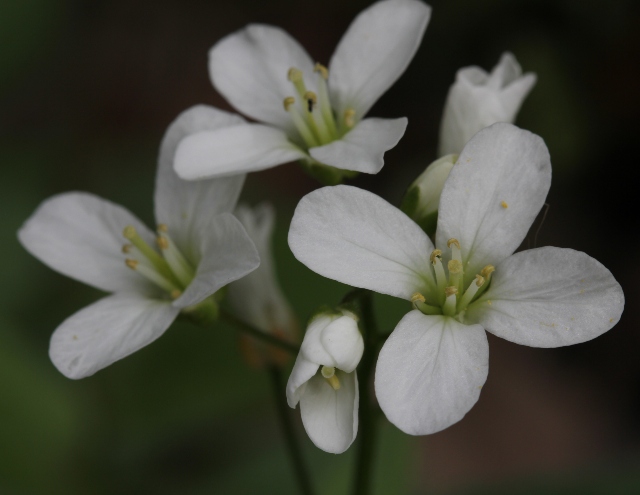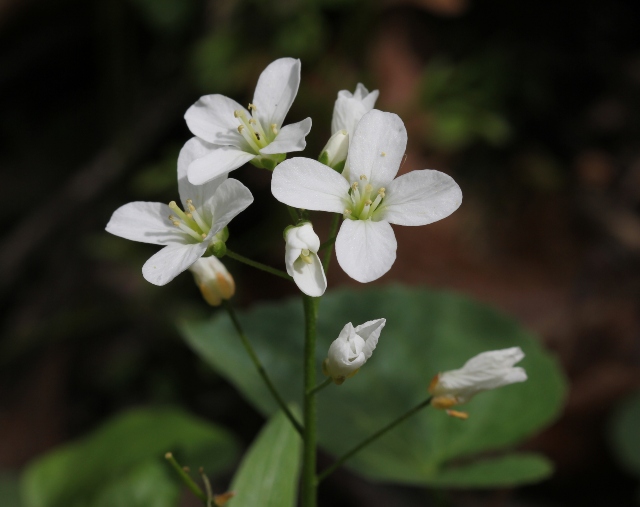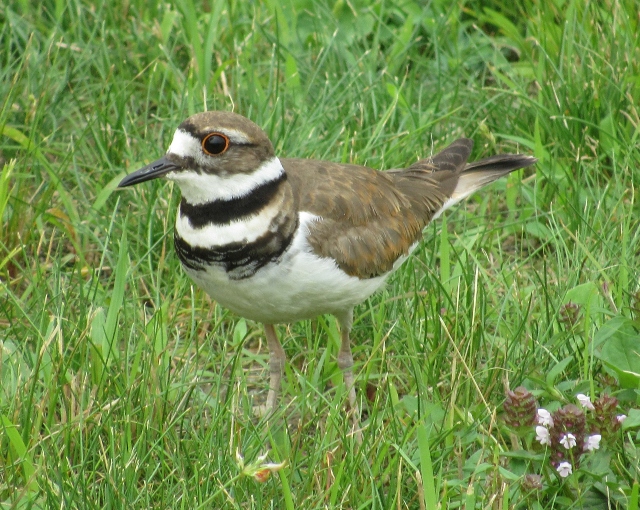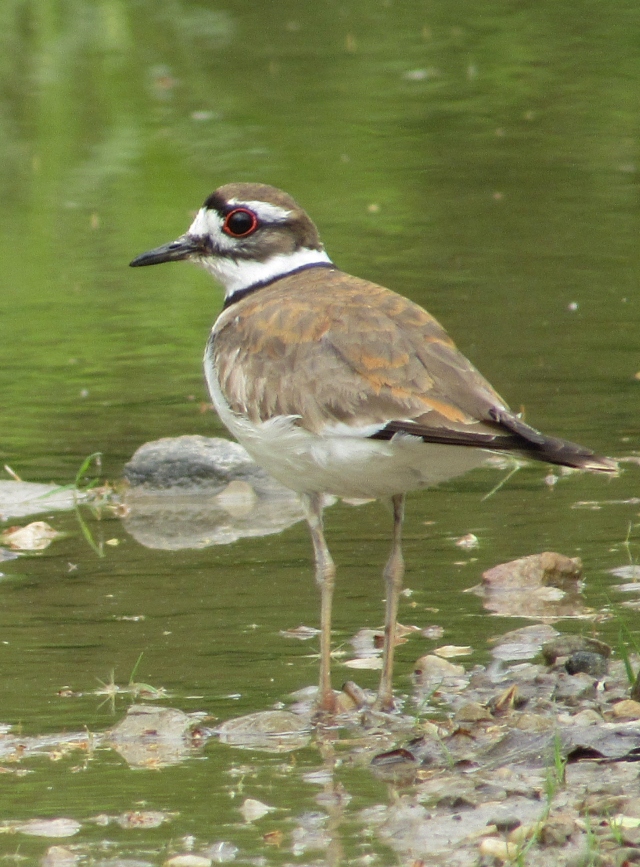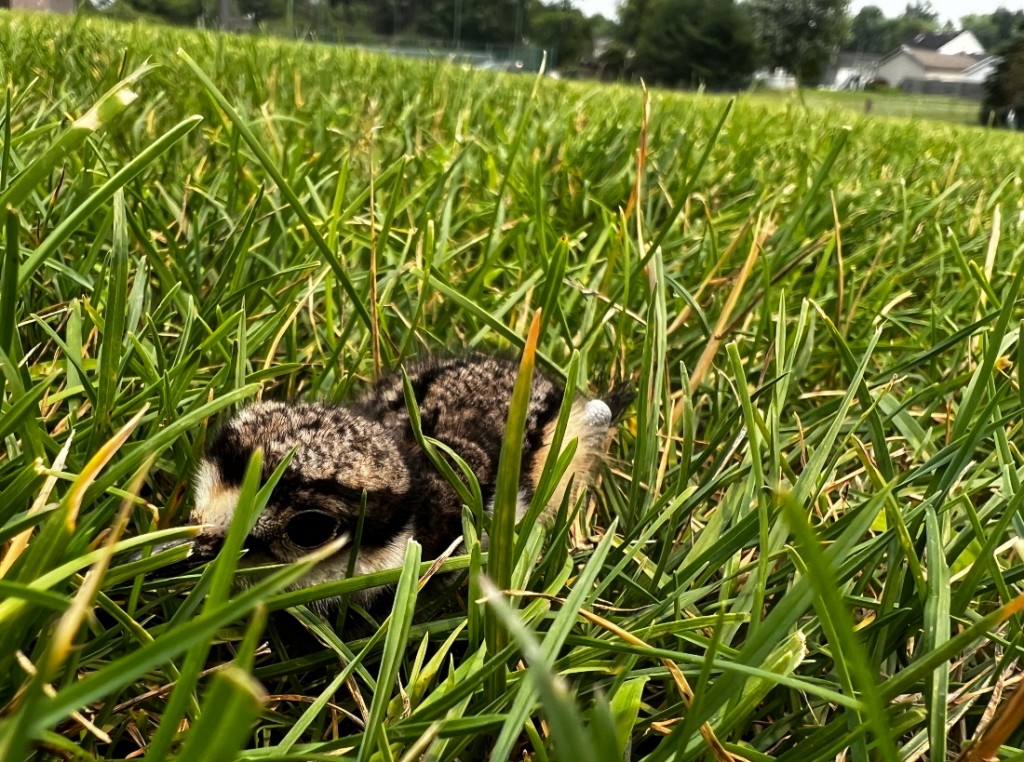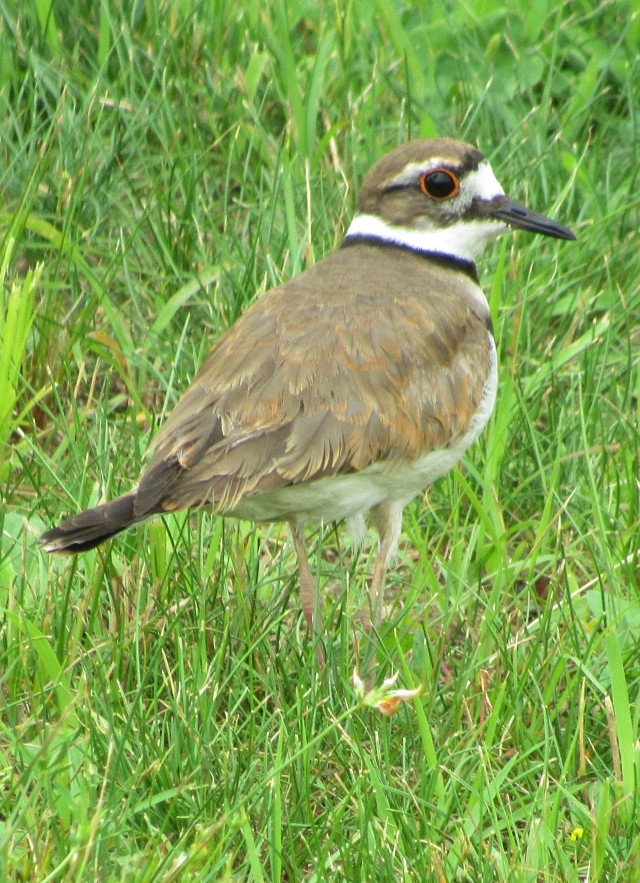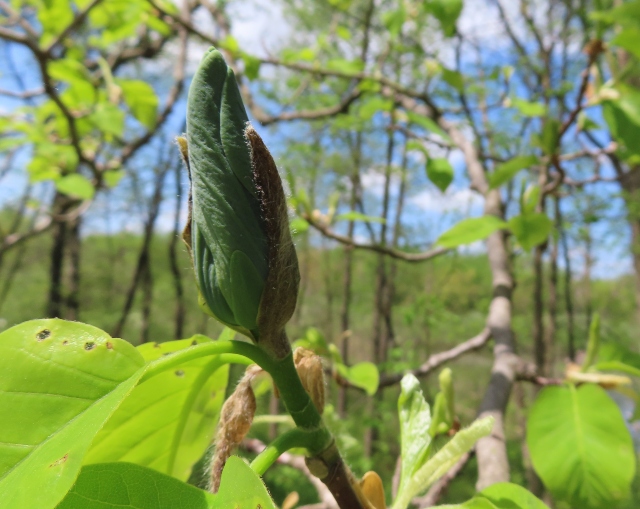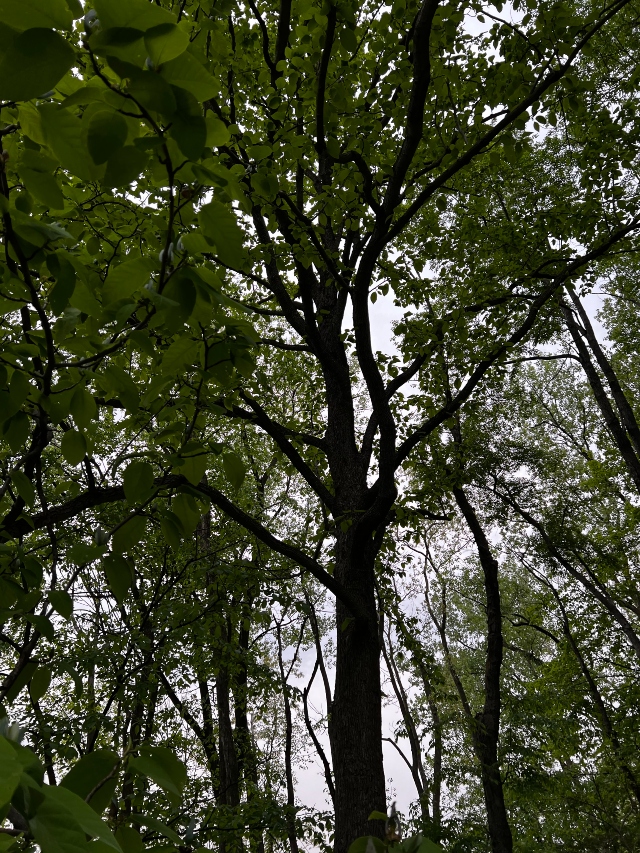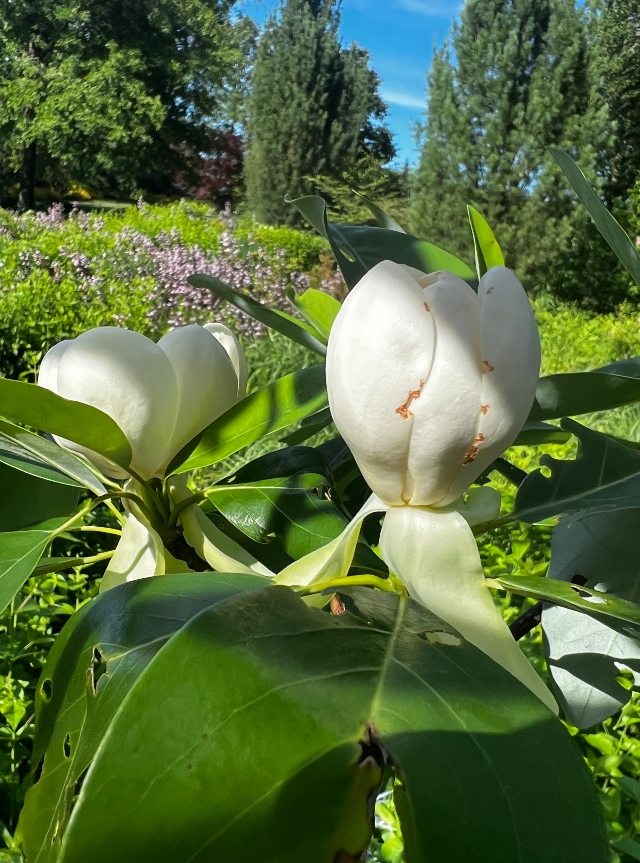We often get these fine birds at our feeders and flowers. In some cases they will fight over their food supply and in others, a bird may perch nearby and chase away any incoming hummingbirds while emitting mouse-like, twittering squeaks. An aerial acrobat, hummingbirds beat their wings so rapidly they can fly forward, backward, and even hover in place.
The Ruby-throated Hummingbird is mainly seen in my home state of Ohio during the warmer months of the year. It generally spends the Winter in Central America, Mexico, and Florida, and migrates to Canada and other parts of Eastern North America in the Summer to breed. It is the most common hummingbird in eastern North America.
Adult males have an iridescent ruby red throat patch; the iridescence is highly directional and appears dull black from many angles. Hummingbird legs are short with no knees, so they can only shuffle to move along a branch. These birds have one of the highest metabolic rates of any animal, with heart rates up to 1260 beats per minute, breathing rate of about 250 breaths per minute even while at rest.
Weighing less than a nickel, it is a master of flight. Beating its wings 60 to 80 times a second, this tiny sprite creates a blur of motion and a whirring, insect-like sound. They expend a great deal of energy during flight, so they need to feed almost constantly, each day consuming up to half their weight in sugar. This bird uses its long, needlelike bill to eat flower nectar, preferring red or orange tubular flowers such as Trumpet Creeper, Cardinal Flower, Spotted Jewelweed, and Beebalm. It also eats insects and occasionally drinks tree sap.
Ruby-throated Hummingbirds are solitary. Adults of this species are not social, other than during courtship (which lasts a few minutes). As in all hummingbird species, the female Ruby-throat provides all the care for the young, which quickly outgrow their little nest and fledge after two to three weeks.
This creature prefers habitats where there are a lot of flowers, such as fields, parks, backyards, and open clearings in forests. We enjoy and look forward to there Summertime visits each year.




